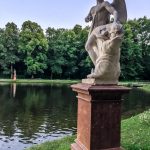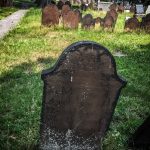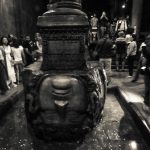The Monastery of the Mother of God at the Spring or simply Zoödochos Pege is an Eastern Orthodox sanctuary in Istanbul, Turkey. The present church, built in 1835, bears the same dedication as the shrine erected in this place between the end of the fifth and the beginning of the sixth century. After several renovations, this building was destroyed in the first half of the fifteenth century by the Ottomans. The complex got its name from a nearby holy spring, reputed to have healing properties. For almost fifteen hundred years, this sanctuary has been one of the most important pilgrimage sites of Greek Orthodoxy.
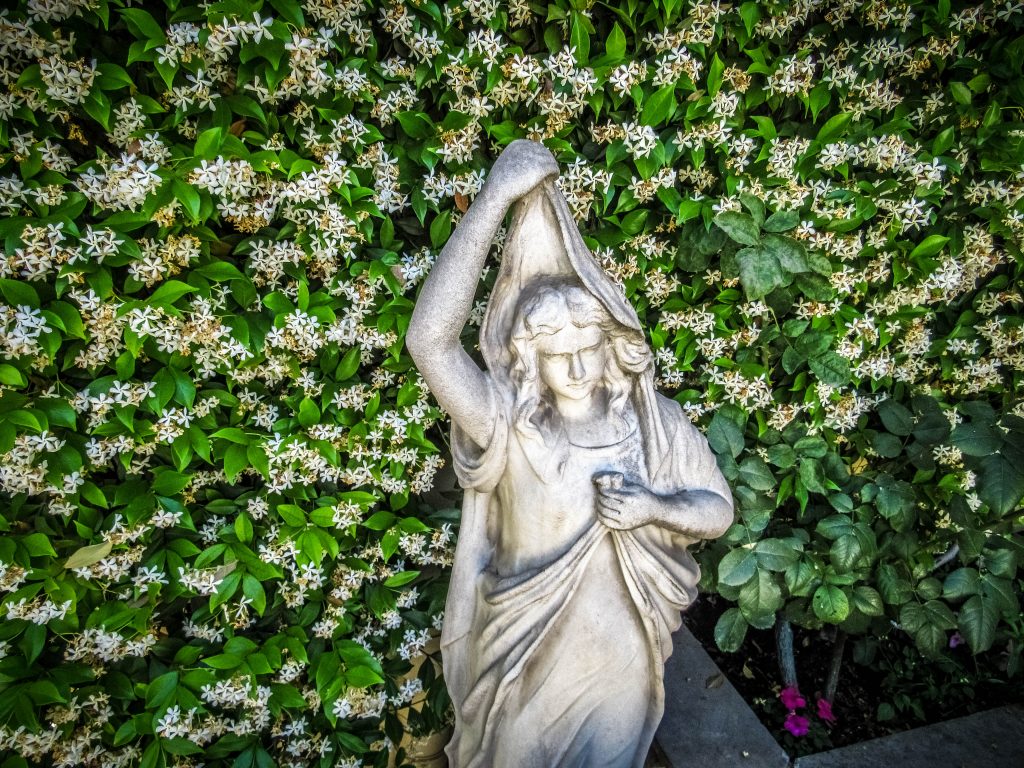
The church is located in Istanbul, in the district of Zeytinburnu, in the neighbourhood of Balıklı, along Balıklı Sivrikapı Sokak. It lies a few hundred meters outside the walled city, about five hundred meters from the Gate of Silivri. The complex is protected by a high wall, and – being surrounded by Eastern Orthodox and Armenian cemeteries – lies in a green landscape.
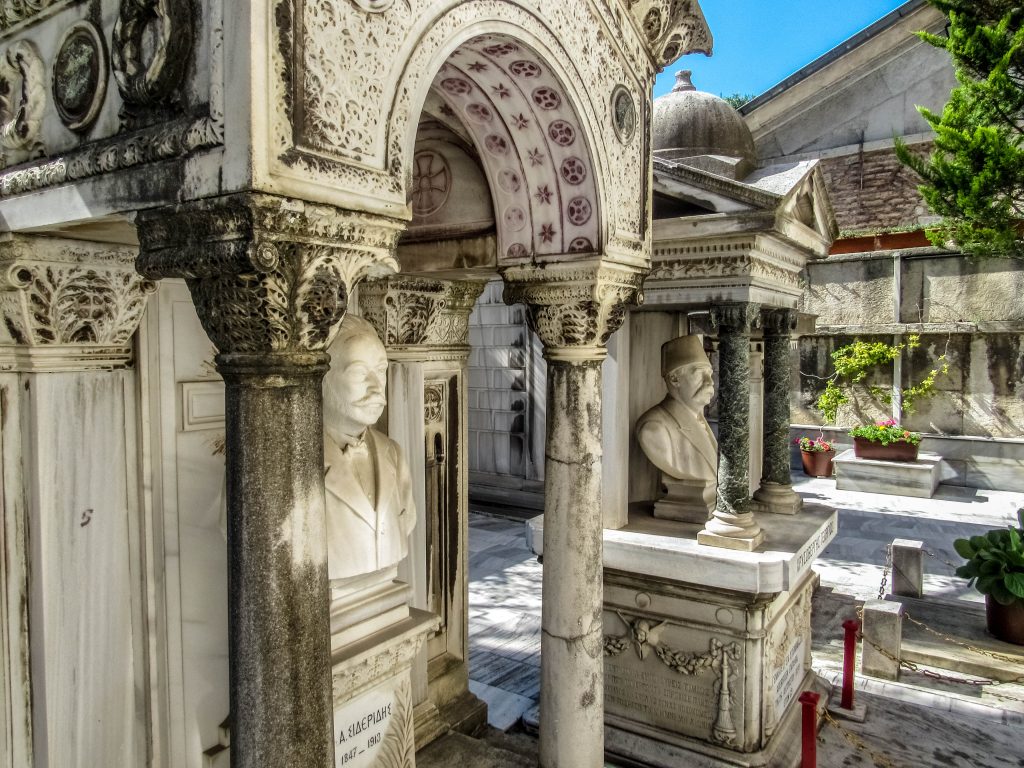
According to historians Procopius and Cedrenus, the church was originally erected by Emperor Justinian in the last years of his reign (559-560) near a fountain of water from a holy well situated outside the walls of Theodosius II in correspondence of today’s Gate of Silivri. During hunting the Emperor noticed a small chapel surrounded by many women. Asking the meaning of the building, he was told that this was the “source of the miracles”. He at once ordered that a magnificent church be built there, with the material remaining after the erection of the Hagia Sophia.
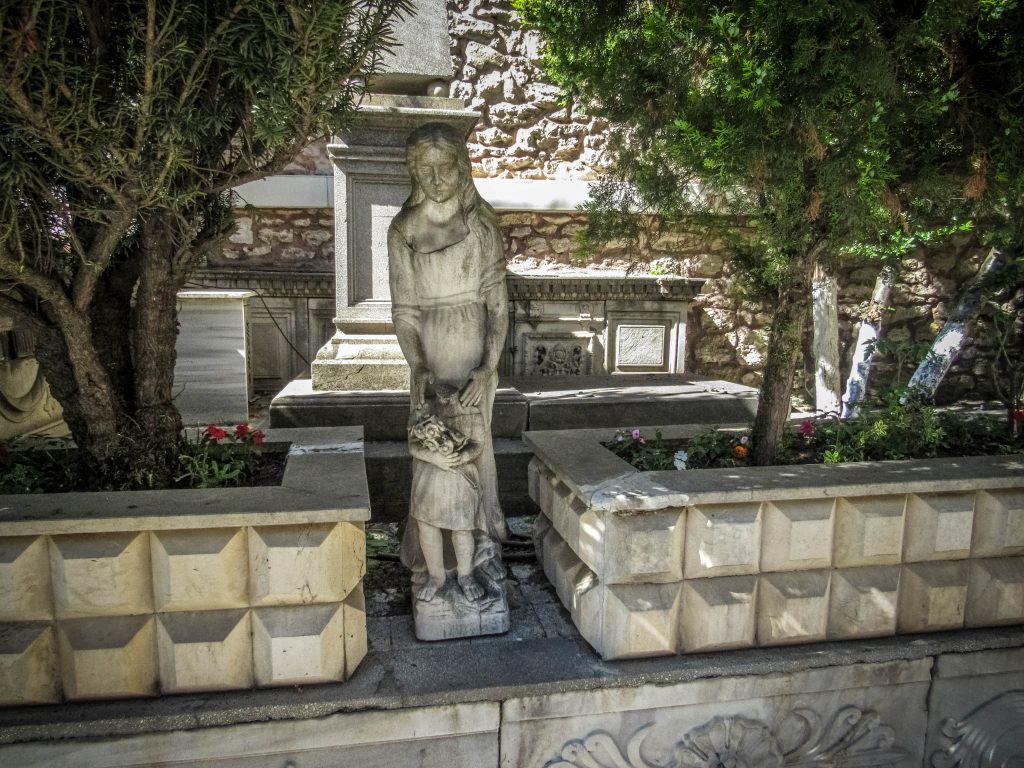
According to a later legend, the sanctuary was erected by Emperor Leo I the Thracian (r. 457–474) because of a miracle that occurred when he was still a soldier. Before entering the City, Leo met a blind man who asked him to give him water. A female voice ordered the future Emperor to wet the eyes of the blind man with water from a nearby swamp. The same voice added that she had chosen that very place to be worshiped and that he would one day receive the crown to the empire. Leo followed her order and at once the blind man recovered his eyesight. After his accession to the throne, the Emperor erected a magnificent church on this place. This legend is possibly a later invention of the monks of the sanctuary. It is possible that, before the Justinian’s building was erected, a small monastery had already existed there.
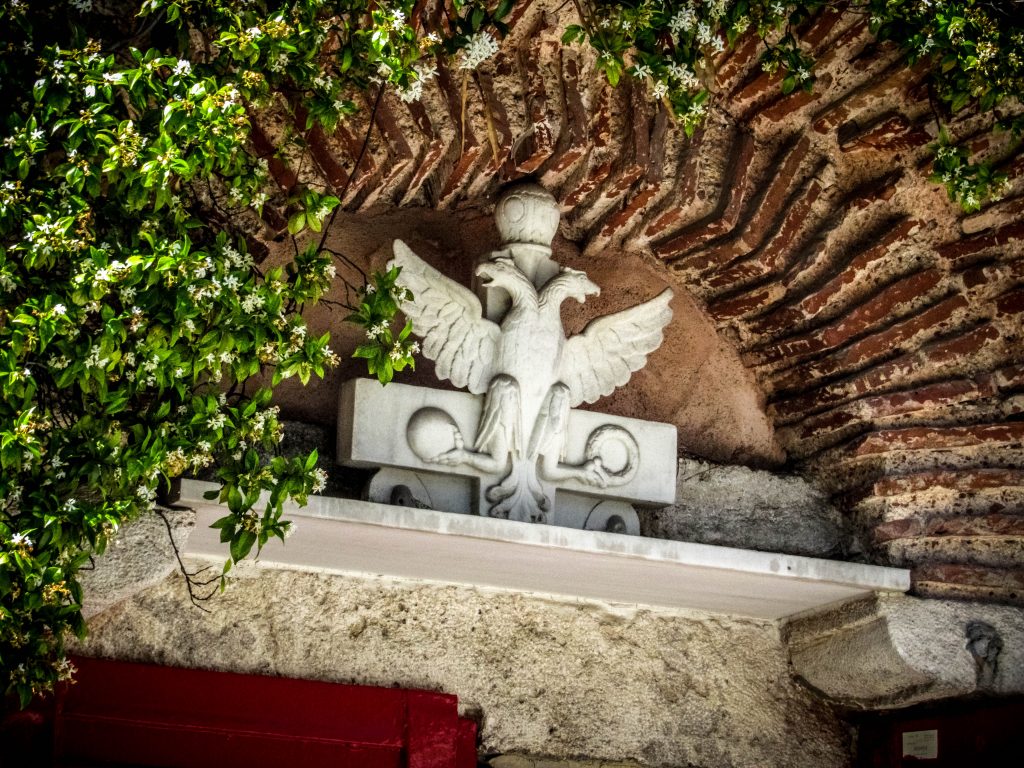
The building underwent many repairs over the centuries. The largest were required because of earthquakes: in 790, under Empress Irene, and – after the great earthquake of 869 – under Basil I (r. 867–886). On 7 September 924 Tsar Simeon I of Bulgaria burned the complex, which was at once restored by Romanos I Lekapenos (r. 920–944). Three years later the son of Simeon, Peter was married to Maria, the niece of Lekapenos.
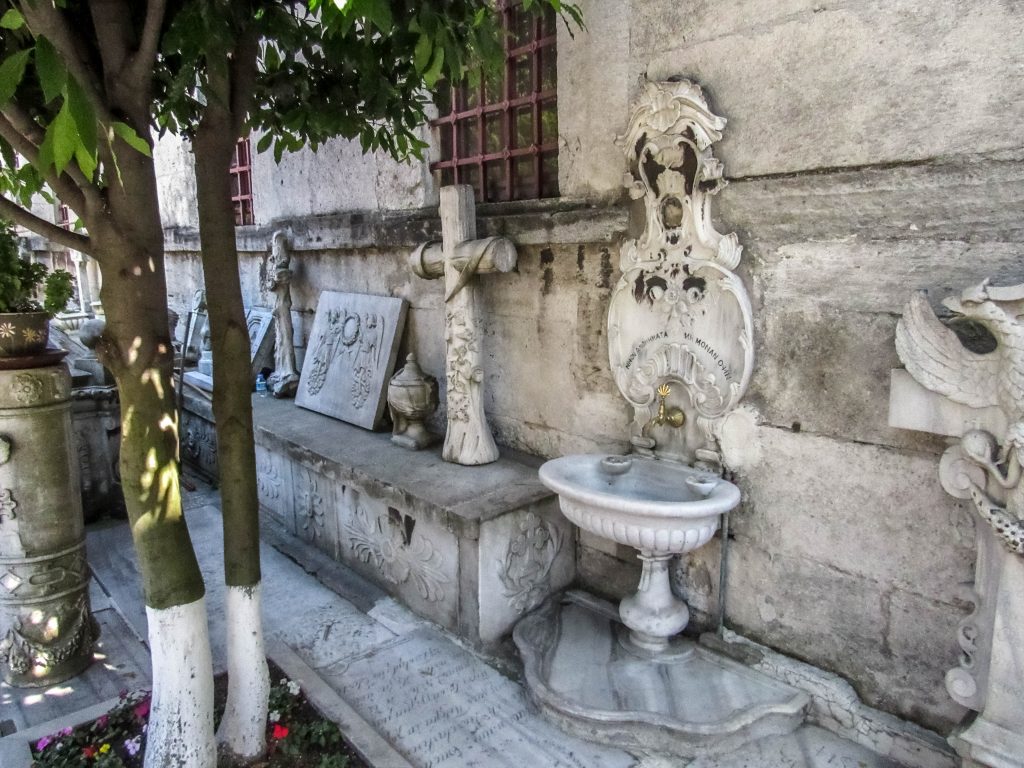
Due to its position outside the city, the monastery was often used as place of exile. In 1078 Georgios Monomachos was banished there. In 1084, Emperor Alexios I Komnenos confined the philosopher John Italus to the monastery, because of his neoplatonic theories. Source: Wikipedia.

